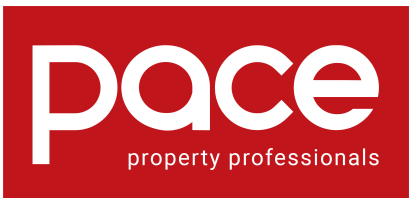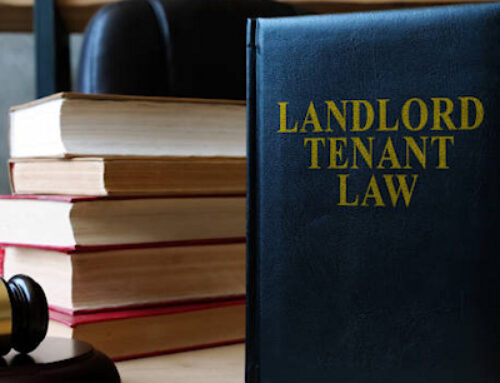Interest Coverage Ratio – A Landlords Guide
Mortgage lenders use an array of factors when assessing a landlord’s ability to afford a Buy To Let mortgage. Lenders typically ensure that the rental income of the mortgaged property is enough to cover a multiple of the mortgage payment, known as the Interest Coverage Ratio (ICR).
ICR requirements differ by lender, generally ranging from 110% to 165% of the rental income, depending on:
- Type of landlord
- Their financial circumstances
- Property characteristics, such as:
- Income tax bracket of the customer)
- Whether they are using additional income beyond rental income
- Whether the customer is a limited company or an individual
- Whether the property is a House in Multiple Occupation/Multi-Unit Block (HMO/MUB), amongst others.
The ICR required for each characteristic tends to be similar across lenders, however the rate which is used to derive the mortgage payment can vary significantly. Those “flexible” lenders (who have an appetite to take on more risk) use what Mortgage Advisers refer to as “pay rate lending”. This is where the initial fixed rate is used for calculating the mortgage payment, with no additional interest rate stress tests applied; i.e. can the borrower ride out an interest rate rise?
These products will of course prove attractive for many landlords, however it can come at a price. Usually the initial interest rate is slightly higher than those lenders that apply a more conservative (risk averse) approach to calculating how much they will lend.
In January 2017, the Prudential Regulation Authority (PRA) introduced new affordability assessment requirements which included the minimum stress that effectively ended pay rate lending on mortgages, where the initial interest rate on the loan had a fixed period of less than 5 years. The new regulation requires PRA-regulated lenders (a few lenders who are not PRA regulated have adopted the same criteria out of prudence) to stress mortgage rates by a minimum increase of 2%, subject to a minimum total rate of 5.5%.
This regulatory change has resulted in a marked decrease in the size of loans lenders are able to offer some landlords; leaving the landlord with potentially fewer financing options. Landlords looking to purchase a property therefore need to either find a larger deposit upfront, or opt for a cheaper property.
Because the regulation does not apply to mortgages with a fixed rate of 5 years or more, interest rates used for the affordability assessment for these loans can be much lower, allowing customers to take out larger loans. The increased affordability provided by 5 year fixed loans has resulted in a marked increase in the number of Buy To Let Mortgages loans that have their interest rate fixed for 5 years or more versus the number that, in the past, have enjoyed a fixed rate for 2 years.
For Landlords, taking a 5 year fixed rate loan from a lender who uses a low assessment rate is attractive because it allows them to maximize their loan size. It also gives them certainty of their monthly payment over a longer period.
However, when that 5 year period is up, their monthly payments may increase significantly as they will move to the lender’s reversionary rate, which will typically be a significant increase on the fixed rate and the landlord’s ability to afford the increased payments will not have been taken into consideration previously. Then the Landlord may find themselves in a situation where their rental income no longer covers their running costs and mortgage payment, and they are unable to refinance to a rate where it does.
The important message is that selecting the right mortgage and term is not simple and should be accompanied with advice.
As ever, please do contact Pace Properties if you want to discuss your property finance with someone who can help you make the best long term decision for your requirements.







